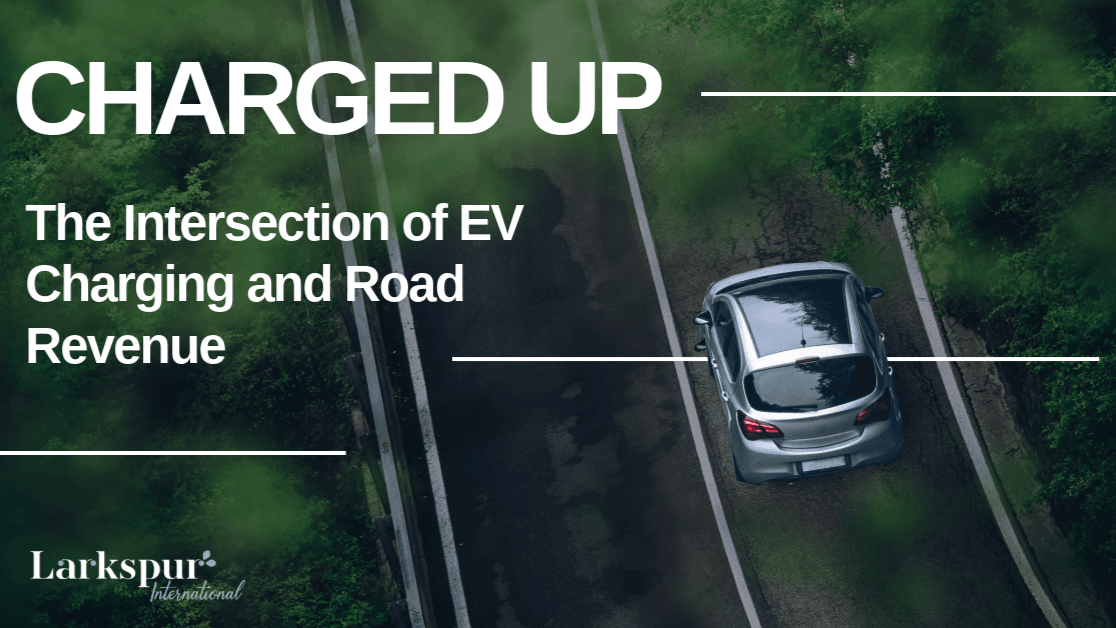Making EV Adoption Cheaper and Smarter: A Roadmap for Progress
The UK has made remarkable strides in electric vehicle (EV) adoption, with over 80,000 public charge points now installed and more than 1.5 million EVs on the road. With government backing and growing public interest, the shift to zero-emission transport is well under way. But for EVs to become a mainstream, affordable choice for everyone- not just the early adopters- we must do more to align regulation, infrastructure, and user incentives.

Removing Cost Barriers to Accelerate Adoption
One of the most encouraging developments in recent months has been the government’s decision to scrap planning applications for home and business charge points. Removing red tape from local infrastructure deployment is a significant step towards reducing installation costs- one of the biggest barriers for consumers and operators alike.
As Alex Calnan of Blink Charging UK noted during a recent industry conversation, simplifying permits and reducing installation complexity could help charge point operators scale faster, attract more investment, and make charging more accessible. But affordability extends beyond infrastructure- it’s also about the day-to-day cost of driving.
Dynamic energy pricing is already enabling smarter, cheaper charging. Drivers can now plug in at night when rates are lowest, using connected tech that charges automatically during off-peak hours. This isn't just good for users- it helps balance demand on the grid and supports the integration of renewable energy.
Fairness, Inclusion, and Smart Regulation
EVs present a unique opportunity to reimagine how we pay for road use. As Tim Wray from Kapsch TrafficCom AG rightly observed, the decline in fuel duty caused by EV uptake will leave a significant revenue gap- estimated at over £30 billion. Rather than waiting for a fiscal cliff edge, the UK has the chance to gradually introduce a fairer “pay-as-you-drive” system.
Such a model would charge drivers based on when, where, and how far they drive- rather than a flat vehicle tax. This could help reduce congestion, improve air quality, and ensure that road maintenance is sustainably funded. Crucially, it could be designed to support low-income drivers, with dynamic rates and exemptions built in.
Modern EVs are already equipped with the connectivity required to make this work, and the technology for distance-based pricing has been tried and tested across Europe. What’s needed now is leadership and communication, not more pilots or studies.
Behaviour Change Is the Real Challenge
Much of what’s needed to make EVs cheaper and smarter already exists- from the tech and grid capacity to the environmental rationale. The challenge lies in helping drivers see the bigger picture. The perception that roads are “free” and that EVs are for the affluent few is not only outdated- it risks slowing down progress.
In fact, EVs can be a levelling force if we design policies that emphasise access, fairness, and environmental gain. Communicating this clearly- with real numbers, everyday examples, and a focus on service rather than tax- is critical.
The industry, government, and local authorities all have a role to play in reshaping the narrative. And while the political path may not be smooth, the economic and environmental case is too strong to ignore.
A Call to Action
We are at an inflection point. The UK’s 2030 targets are ambitious but achievable. With the right mix of leadership, coordination, and transparency, we can accelerate adoption, make EVs cheaper to own and run, and future-proof our road system for everyone.
The EV transition is no longer a technological question- it’s about delivery, design, and dialogue.
